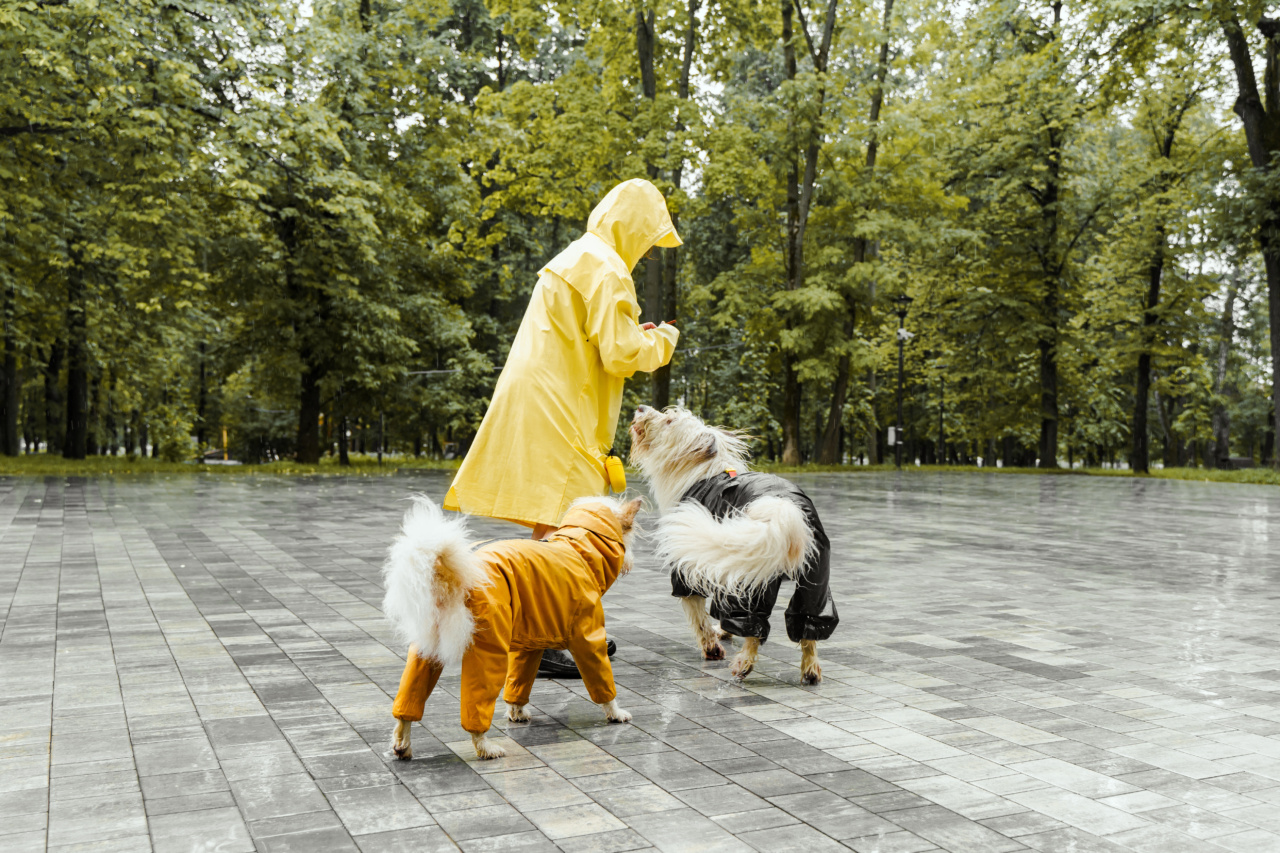Having a naughty dog can be challenging and frustrating, but with the right training techniques, you can transform your furry friend into a well-behaved and obedient companion.
Whether your dog exhibits destructive behavior, excessive barking, or stubbornness, there are proven methods that can help modify their behavior. In this article, we will explore some effective training techniques to help you tame your naughty dog and build a strong bond with them.
1. Positive Reinforcement
Positive reinforcement is one of the most effective training techniques for dogs, especially naughty ones. This technique involves rewarding your dog for desirable behavior, such as following commands or displaying good manners.
Rewards can include treats, praises, or playtime. By associating good behavior with positive outcomes, your dog will be encouraged to repeat those behaviors.
2. Consistency
Consistency is key when it comes to training naughty dogs. Dogs thrive on routines, so it is important to establish consistent rules and expectations. Ensure that everyone in the household is on the same page and follows the same training techniques.
Inconsistencies can confuse your dog and make the training process more difficult.
3. Redirecting Negative Behavior
When your dog engages in naughty behavior, such as chewing on furniture or barking excessively, it is important to redirect their attention to an appropriate activity. For example, if your dog starts chewing on your shoes, offer them a chew toy instead.
By redirecting their energy and focus, you can help them learn what is acceptable behavior.
4. Clicker Training
Clicker training is a popular and effective training technique that utilizes a handheld clicker to mark desired behavior. This technique involves associating the sound of the clicker with a reward, usually a treat.
By clicking the moment your dog exhibits the desired behavior and following it with a reward, you reinforce that behavior. Clicker training can be a useful tool for teaching new commands and tricks to naughty dogs.
5. Calm-Assertive Energy
Dogs are sensitive to human emotions, and they can pick up on your energy. It is important to project calm-assertive energy during training sessions. If you become frustrated, your dog may become anxious or act out more.
Stay calm and assertive, and your dog will respond better to your commands.
6. Patience and Persistence
Training a naughty dog requires a lot of patience and persistence. Remember that behavior change takes time, and your dog may not learn overnight. Stay consistent with your training techniques and be patient with your furry friend.
Celebrate small victories and continue to work on their behavior until they are fully trained.
7. Socialization
Socialization is an important aspect of training for dogs of all temperaments. Exposing your naughty dog to different people, animals, and environments can help them become more well-rounded and less anxious.
Enroll them in obedience classes or take them to dog parks where they can interact with other dogs. Socialization can also help reduce unwanted behaviors such as aggression or excessive barking.
8. Time-Outs
Sometimes, when a dog is being particularly naughty, giving them a time-out can be an effective training technique. Choose a specific area in your home where your dog can be isolated momentarily when they display unwanted behavior.
The time-out should be brief, lasting only a few minutes. After the time-out, allow your dog to rejoin the family and provide positive reinforcement for good behavior.
9. Professional Training
If your naughty dog’s behavior does not improve despite your best efforts, seeking the help of a professional dog trainer or behaviorist can be beneficial.
These professionals have the expertise and experience to assess your dog’s behavior and provide tailored training techniques to address the specific issues.
10. Exercise and Mental Stimulation
A tired dog is generally a well-behaved dog. Regular exercise and mental stimulation are vital for the overall well-being of your naughty dog.
Engage them in activities that challenge their mind and body, such as puzzle toys, obedience training, or agility exercises. A tired dog is less likely to engage in naughty behavior out of boredom or excess energy.




























